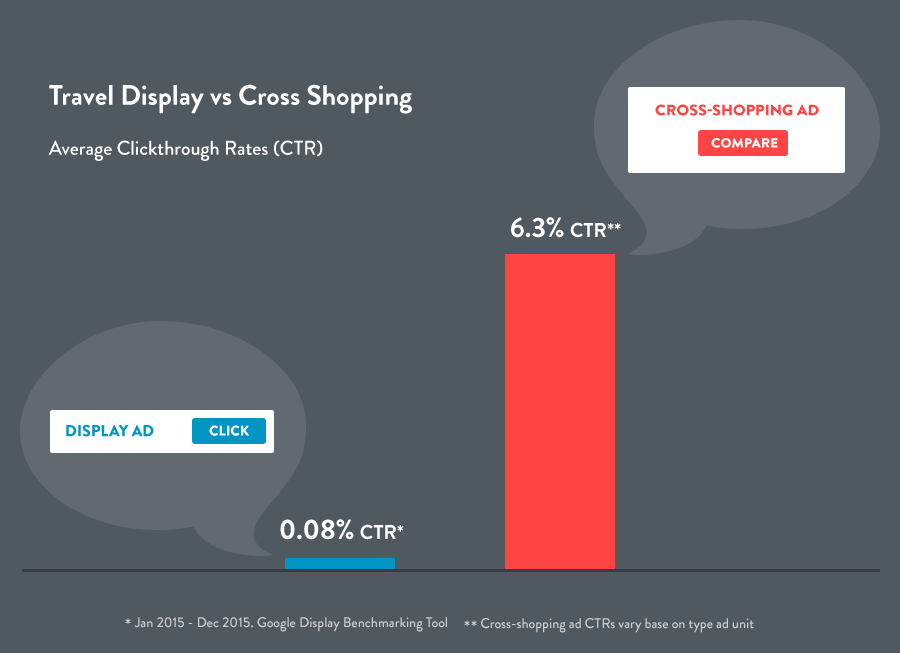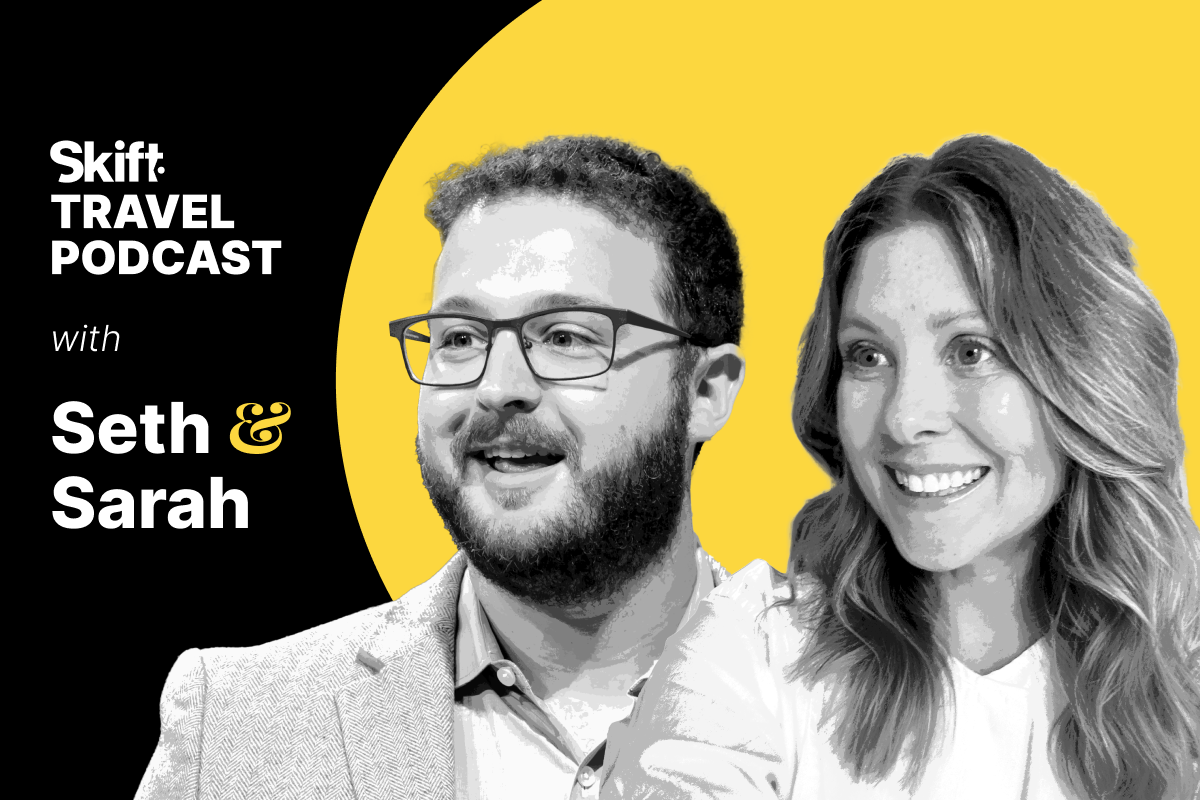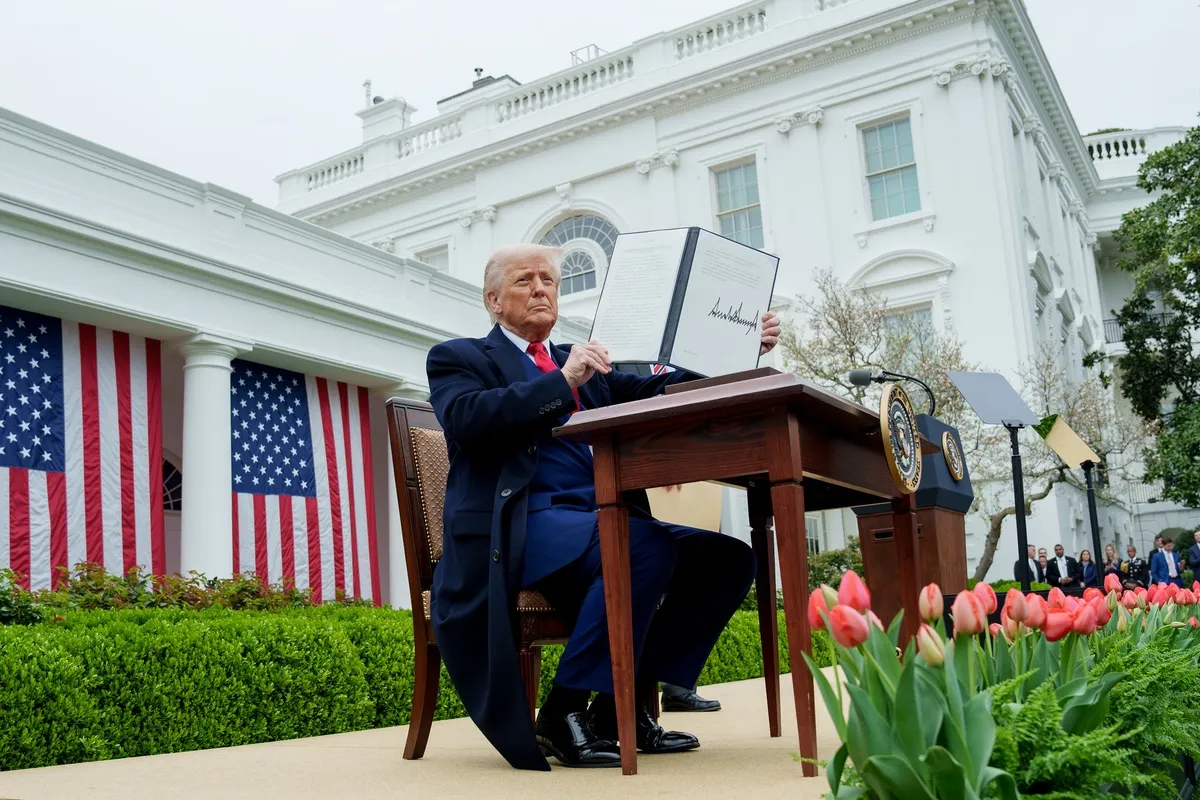How Savvy Travel Brands Embrace Comparison Shopping

Skift Take
This sponsored content was created in collaboration with a Skift partner.
It’s no secret that travel grows longer, and less linear, every year. These facts about the average online traveler probably sound familiar:
- Searches nearly 50 times
- Makes 38 site visits
- Reads a dozen reviews
- Researches for 15 weeks
- Doesn't have a set destination in mind when beginning research
Even users that tend to always book on a Supplier or via an Online Travel Agency validate prices before making their purchase. For travel brands, the implications of fragmented comparison or cross-shopping are huge. Costs are rising. Margins are shrinking. From traffic acquisition to loyalty programs, it’s expensive for travel brands to compete, much less stand out.
What’s a travel brand to do?
Most have invested heavily in trying to grow conversions. Many have found a new revenue stream with digital media, monetizing users with ads. The savviest brands have introduced a specific type of media that acknowledges cross-shopping and helps facilitate the process.
Some call this type of media - that shows other company’s search results or prices, or allows users to continue their search on other travel sites - competitive advertising. Really, it’s a $2 billion opportunity for travel brands. By enabling cross-shopping via hyper-relevant ads or site functionality, brands can effectively monetize audiences at rates 10X higher than they can with traditional display. This is because users don’t see these ads as ads. They treat them more like part of a site’s core functionality, engaging more deeply.
The idea of incorporating cross-shopping into your site can be disconcerting. After all, wouldn’t this distract your users from doing what you most want them to do? Wouldn’t you lose bookings or conversions? Loyalty? Or, isn’t this a strategy for sites whose business model depends on arbitrage?
The answer to all of these is a resounding no. These are common myths that - while understandable - are costing the travel industry dearly in missed opportunity. When done intelligently using predictive analytics to guide when to deploy which kind of ad, competitive advertising is profitable and safe - for brands of all types and sizes.
To learn more about these and other myths, download The Top 5 Myths in Travel Media that cost travel brands millions in lost revenue each year.
Free Download
“This content is created collaboratively in partnership with our sponsor Intent Media”





